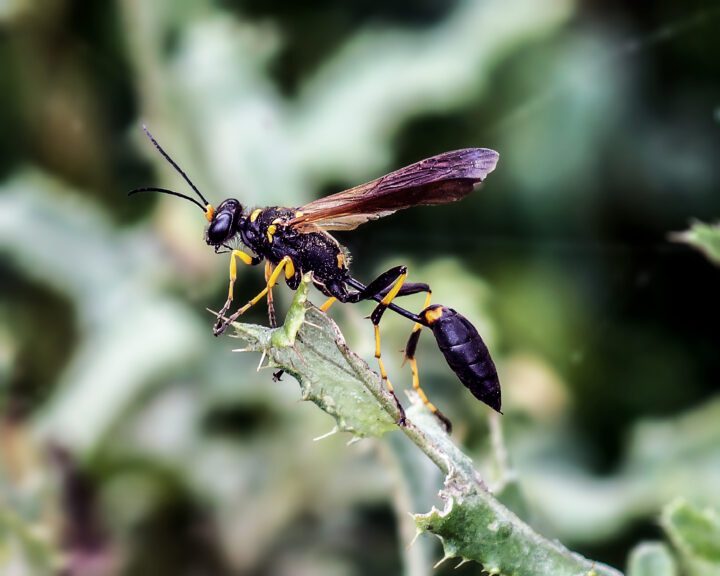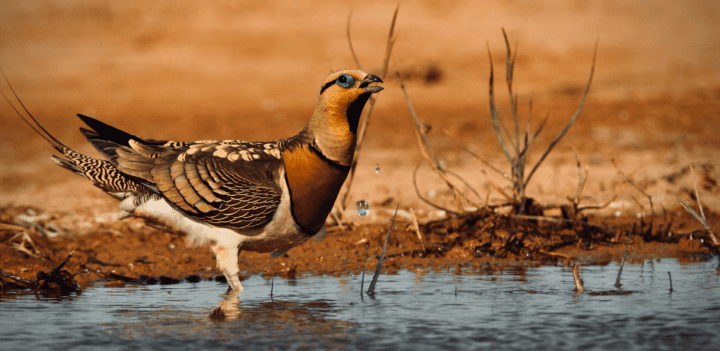Modify Phase
Gases, liquids, and solids are phases of matter found in and around living systems. Modifying these phases entails transforming from one to another, such as ice melting into liquid water or water turning into gas vapor. Phases of matter have different properties, so living systems need strategies to manage different phases. Modifying phases enables living systems to take advantage of the properties of more than one phase to carry out life activities. An example of how a living system manages and uses different phases is found in the rainforest. The forest obtains water from rain and some goes into the soil to be taken up by the roots. But some water remains in the forest’s canopy, where it evaporates to a gaseous phase and is carried elsewhere by air, descending again as rain on a different ecosystem.
Modify Material Characteristics
The materials found in living systems are variable, yet often made from the same basic building blocks. For example, all insect exoskeletons consist of a material called chitin. Because material resources are limited, each material within or used by a given living system must frequently serve multiple purposes. Therefore, living systems have strategies to modify materials’ softness, flexibility, and other characteristics. To ensure survival, the benefits of these modifications must outweigh the living system’s energy and material expenditure to generate them. For example, spiders store the liquid components of spider silk in a gland, converting them into silk thread when needed. Some threads have different characteristics, such as elasticity and UV reflectance, than others.





